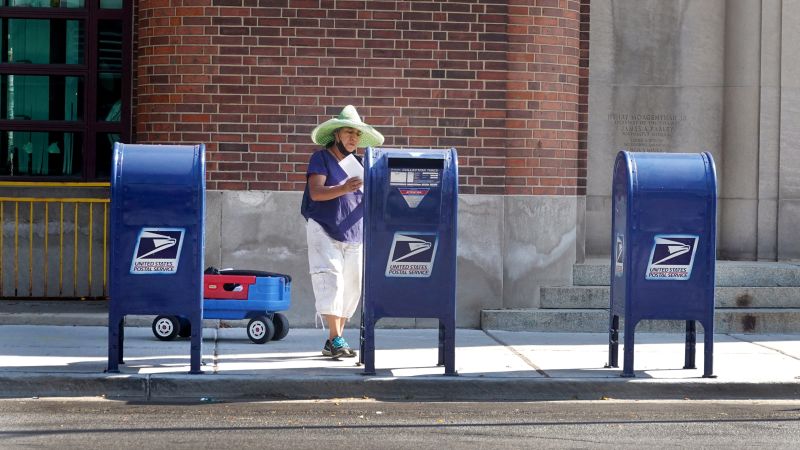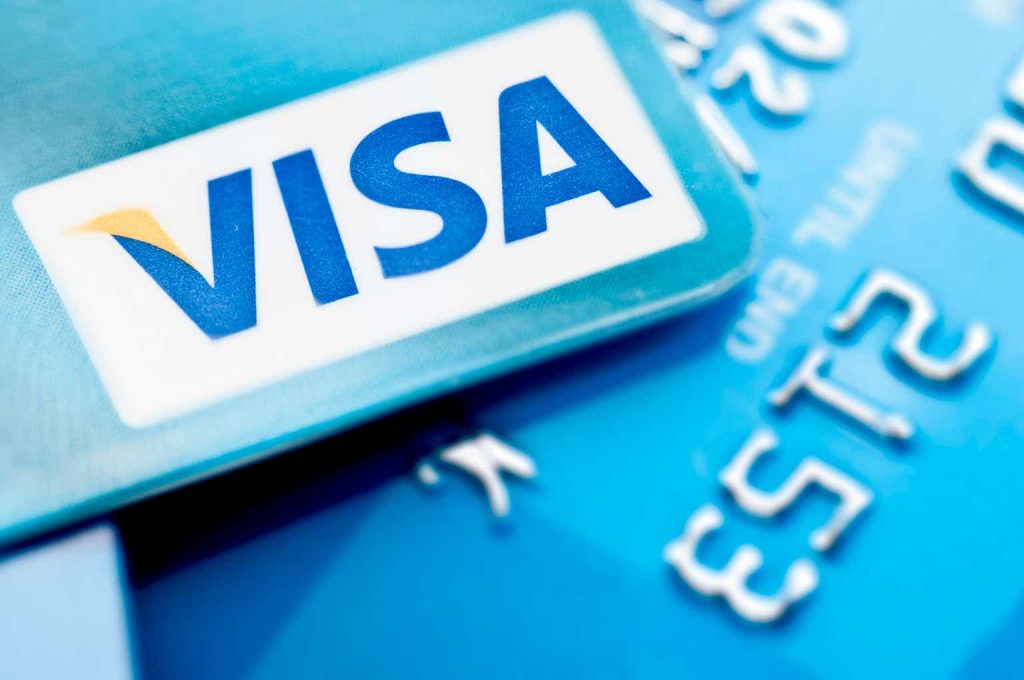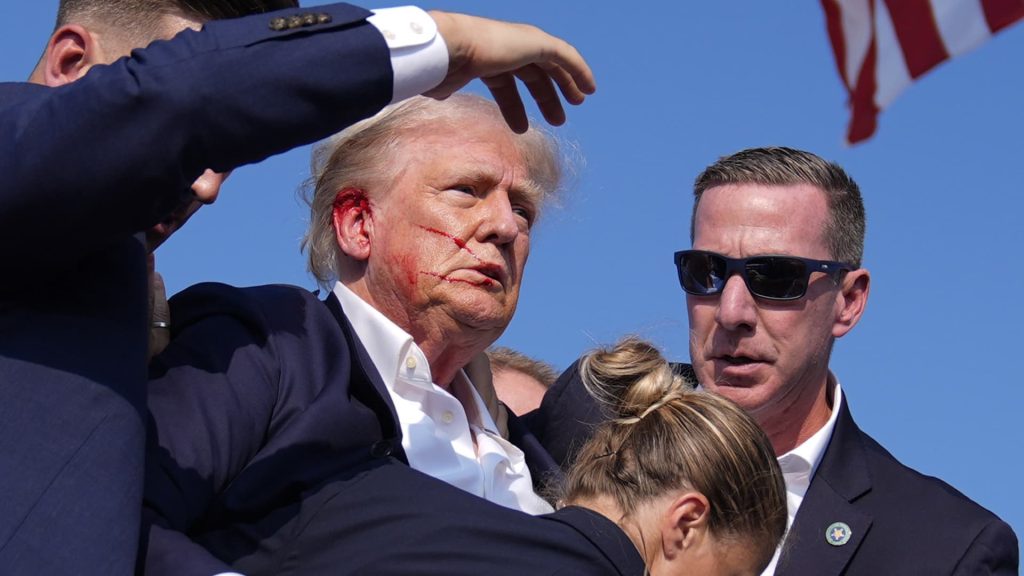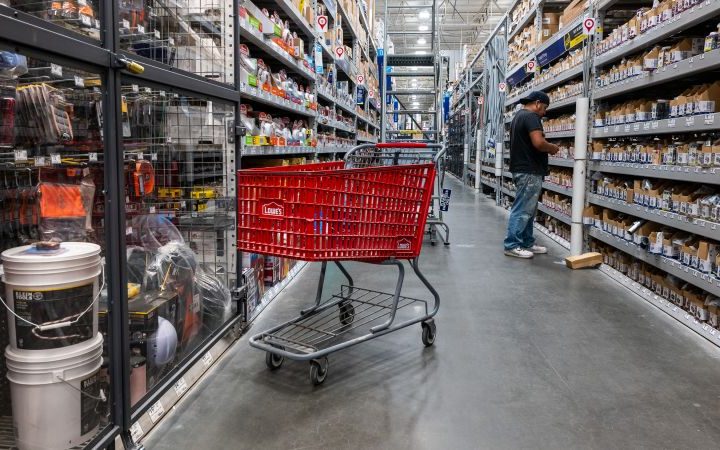On Sunday, the cost of a stamp is going up for the second time this year, jumping 5 cents for first class postage to 73 cents. You probably didn’t notice.
And truthfully, you may not care. But you should.
Most people don’t use mail the way they used to – if they send out mail at all. But the price of postage is a big deal to millions of businesses and organizations that spend most of the $40.8 billion a year spent on mail, including letters, bulk mailings, junk mail and periodicals. And higher prices are making them cut back – and hurting the budget of the US Postal Service and, potentially, its ability to continue its crucial services.
That includes everything from delivering online purchases to life-saving prescription drugs. And this year, tens of millions of voters will cast their ballots in the presidential election by mail. And, most of all, businesses still depend on the mail to help them reach customers and keep the economy going.
Postage increases used to be pegged to inflation, usually going up at most once a year. But Sunday will mark the sixth increase in three years, during which first-class stamp increases rose 10 percentage points faster than overall inflation.
Major mailers say hiking prices that quickly will drive them away from the post office, eventually drying up the agency’s budget.
“We think they’ve overshot the mark on raising their rates,” said Michael Plunkett, CEO of the Association for Postal Commerce, which represents companies in the mailing and shipping industry. “These rate increases aren’t generating much additional revenue because it’s driving volume out of the system that is likely never to return.”
The price of a first-class stamp reached 10 cents in 1974, just before the 200th anniversary of the service. As recently as 2002 it stood at 34 cents, or half of today’s price ahead of Sunday’s increase.
So if raising the prices of stamps could ultimately endanger the postal service, why does the USPS keep hiking the costs to mail a letter? The short answer is because the agency needs money – badly. The long answer is more complicated.
The postal service and the United States have grown side by side since before the country’s birth – quite literally.
Founding Father Benjamin Franklin was appointed the first postmaster general in 1775, the USPS notes on its website. The service expanded to keep pace with the new nation, and to help bind the young country together. It was a major reason roads were constructed between its early cities. US 1, the first federal highway, started out as Boston Post Road to carry mail between New York and Boston, and still goes by that name in many locations.
“When Alexis de Tocqueville toured the young country, in 1831, the United States boasted twice as many post offices as Britain and five times as many as France,” Smithsonian Magazine noted in October 2020. Today it has 640,000 employees located in over 30,000 facilities nationwide.
Postage stamps, though, took quite awhile longer to make an appearance. “Alexander M. Greig’s City Despatch Post, a private New York City carrier, issued the first adhesive stamps in the United States on February 1, 1842,” according to the Postal Service. Congress then authorized postage stamps in 1847, and prepayment of postage was required in 1855. The iconic Pony Express – a feature in many a Western film and novel – came about five years later, in 1860.
And the postal service has made other appearances in pop culture and American history. The climax of beloved holiday movie “Miracle on 34th Street” has (spoiler alert) the Post Office rescuing Santa Claus on Christmas Eve. The characters of Cliff on the 1980s sitcom “Cheers” and Newman in the 1990s sitcom “Seinfeld,” were letter carriers. The band The Postal Service was an indie-pop darling near the turn of the century. And the 1985 novel (by David Brin) and 1997 movie (starring Kevin Costner) “The Postman” take the importance of delivering mail into a dystopian, sci-fi future.
But mail deliveries shriveled with the introduction of new ways to communicate and connect.
Families and friends can communicate by email, text or apps. Bills can get paid electronically. Physical mail doesn’t play the same role in American life that it used to. For many, the individual letter is as relevant today as VHS movies, floppy computer discs and cassette tapes. This century’s nickname for the traditional letter – snail mail – is hardly a compliment.
In its most recent year, the service delivered 11.4 billion individual letters. That may sound like a lot, but it’s down 75% from 20 years ago. While stamp prices have doubled in that time, most experts point the finger at technology instead.
“For most households, mail is not a significant expenditure,” Plunkett said. “If the price of a stamp was a dollar I would send the same number of Christmas cards out later this year as I did last year.”
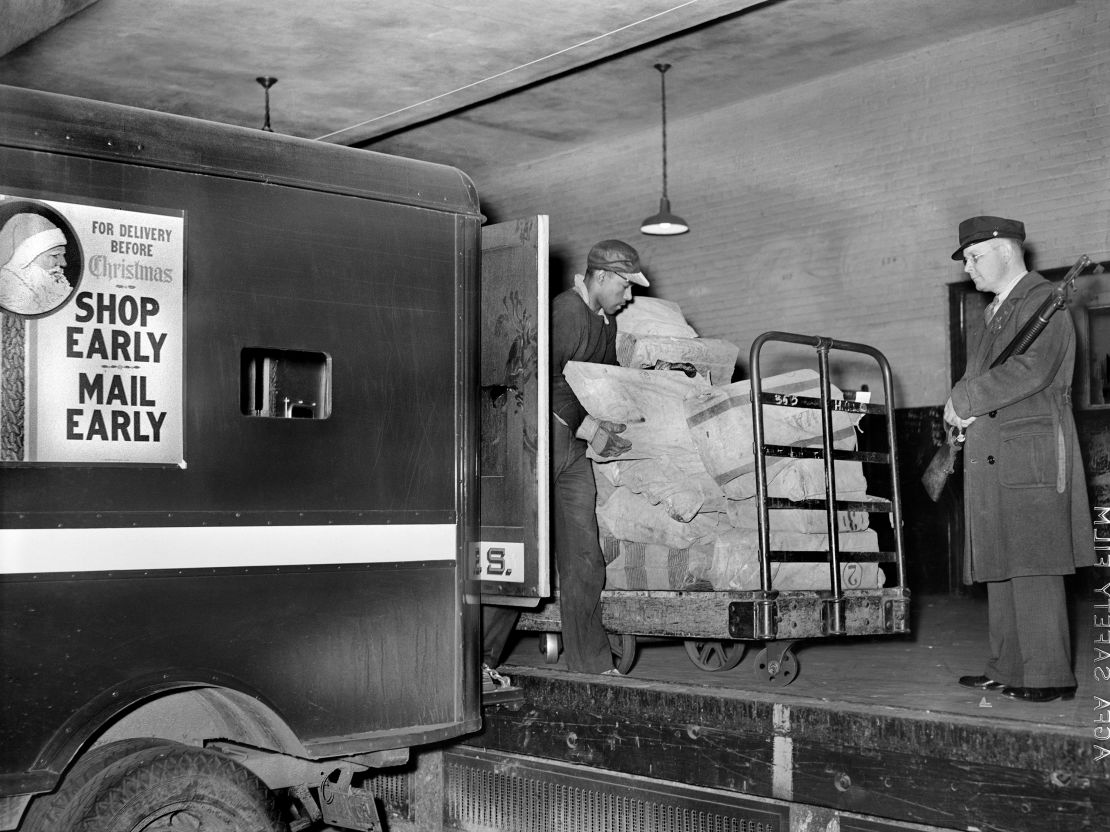
In contrast, online shopping has lifted package deliveries significantly. But the Postal Service doesn’t have the lock on that business that it does in its mail service, said Kevin Kosar, a senior fellow at the American Enterprise Institute.
“Before the digital age hit, the Postal Service had a very valuable monopoly. Those days are gone,” he said. “The package business is going up, but that’s not a monopoly business for them. It’s very competitive.”
But Plunkett and other critics worry that the growth in the competitive package business will not produce the profits needed to make up for the declining mail volumes.
The major mailers were never going to like the idea of paying more for postage. But they argue, with considerable evidence to back them up, that raising rates as rapidly as they have been climbing, is driving away business the service needs and worsening its economic condition.
“By jacking the rates up, its efficiency and productivity go way down,” said Art Sackler, executive director of the Coalition for a 21st Century Postal Service, another trade group representing business that use the service. “Last year, by its own measure, its efficiency dropped by the most in 60 years.”
Critics are concerned about the rate increases: The worsening finances and efficiency could eventually force the Postal Service to run out of money, perhaps within a few years, and either start depending on direct taxpayer subsidies from Congress that it doesn’t currently receive or cut back on staffing and service.
The Postal Service under current Postmaster General Louis DeJoy laid out a 10-year plan in 2021 to modernize the service and stem ongoing losses. Before, he told the Senate in April, the USPS had been in “financial death spiral” for years, but that under the $40 billion modernization plan, “we are making the changes necessary to ensure that we are around to serve the country well into the future.”
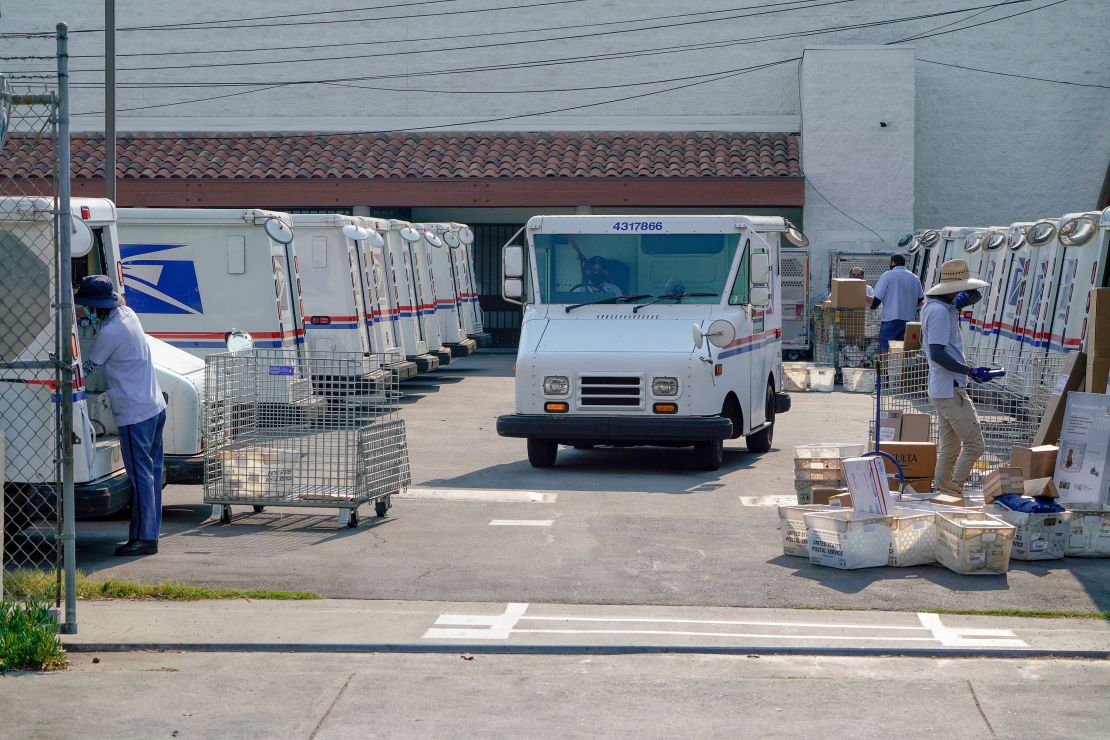
But the plan, which includes restructuring its network of mail handling facilities, using more full-time staff, improving transportation and delivery methods and investing in technology, has not lived up to early promises.
The service had projected it would break even by its last fiscal year and post a $1.7 billion annual profit in the current fiscal year. Instead, it lost $6 billion last year and is forecast to lose another $6 billion or more in the current fiscal year, according to congressional testimony in April from Michael Kubayanda, chairman of the rate-setting Postal Regulatory Commission.
And some of the unions that represent postal workers are concerned the modernization plan will try to improve finances by reducing the reliability of the service.
“The cost of a letter is still a heck of deal,” said Mark Dimondstein, president of the American Postal Workers Union. “I think there’s good and I think there’s bad in the plan. I think we do have to adapt to the world of growing package business and declining mail volumes. Our concern with the 10-year plan is anything that slows down service.”
Kubayanda testified in April that he doubts the modernization plan will be able to achieve its financial and service goals.
“It looks increasingly difficult to have a universal postal system that reaches every American six days a week, at affordable prices, with reasonably fast and reliable service, and is self-sustaining financially,” he said.
Read the full article here
